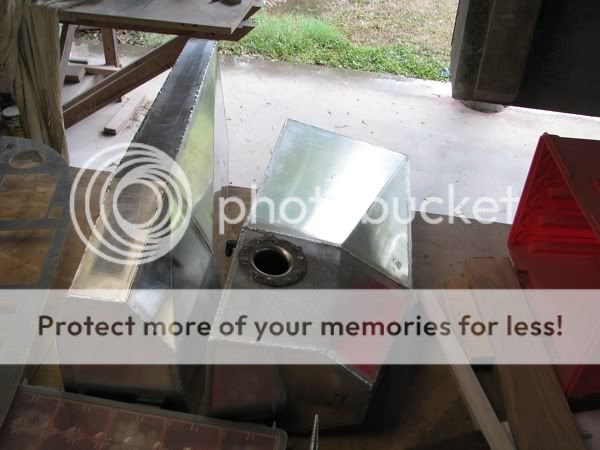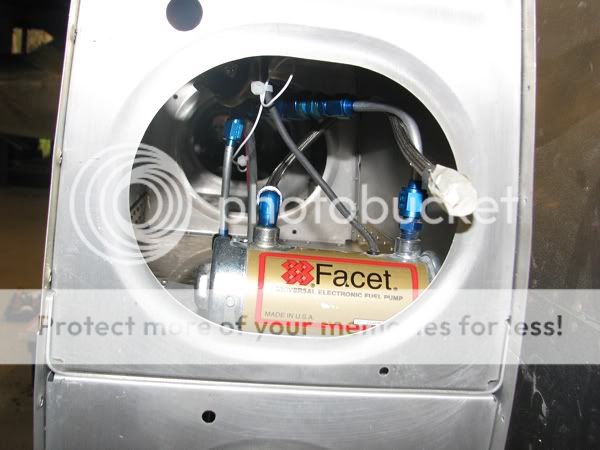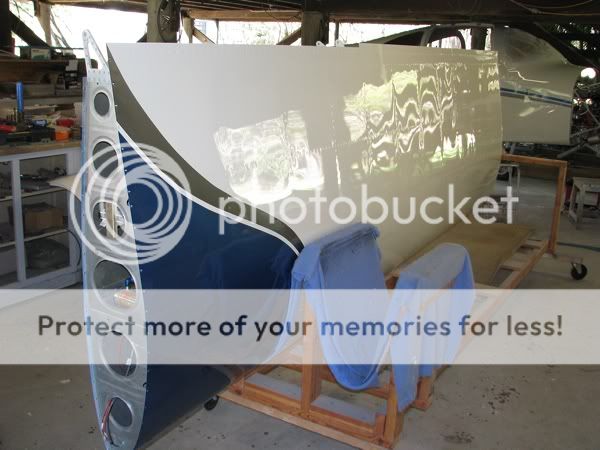I'm contemplating adding a 14 gallon fuselage tank just behind the baggage bay bulkhead in my -10 to extend range a bit when I've got less than 4 people aboard. This would be about the same C of G condition as with another 180 lb. person in one of the rear seats. Anyone else looked at doing something like this. Adding fuel to the wings seems like a lot of work or a lot of $$. Wished Van's had put 75 gallons or so in the -10 for the long legs with only 2 or 3 on board.
Plan on using a Facet pump to transfer to one of the mains and a float switch to turn on a light when the aux tank is pumped dry. Flush filler door in upper fuselage skin, vent line out the top of the fuselage skin. Any thoughts?
Plan on using a Facet pump to transfer to one of the mains and a float switch to turn on a light when the aux tank is pumped dry. Flush filler door in upper fuselage skin, vent line out the top of the fuselage skin. Any thoughts?







